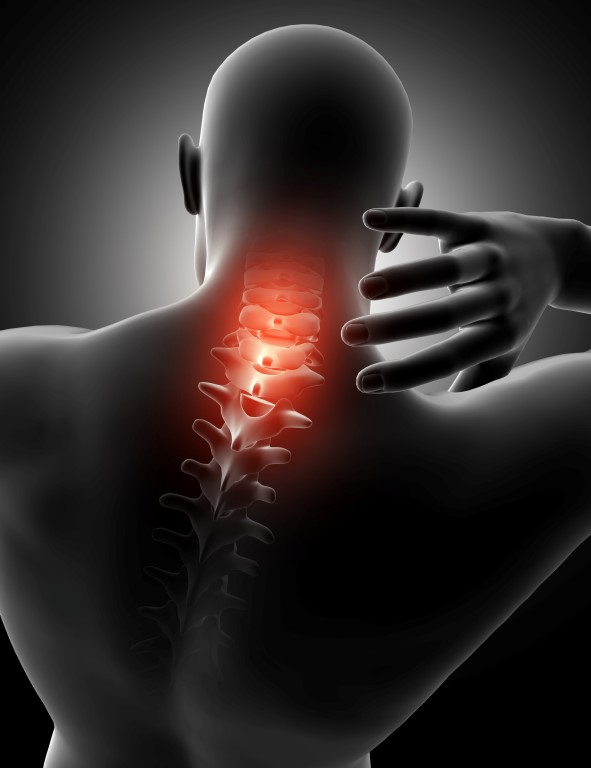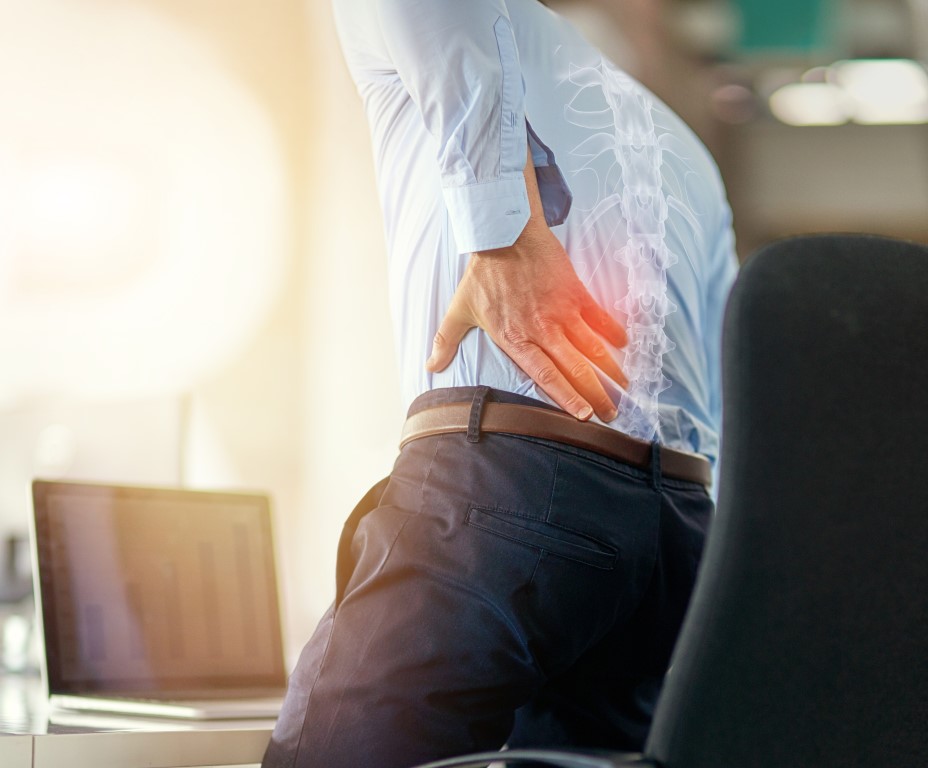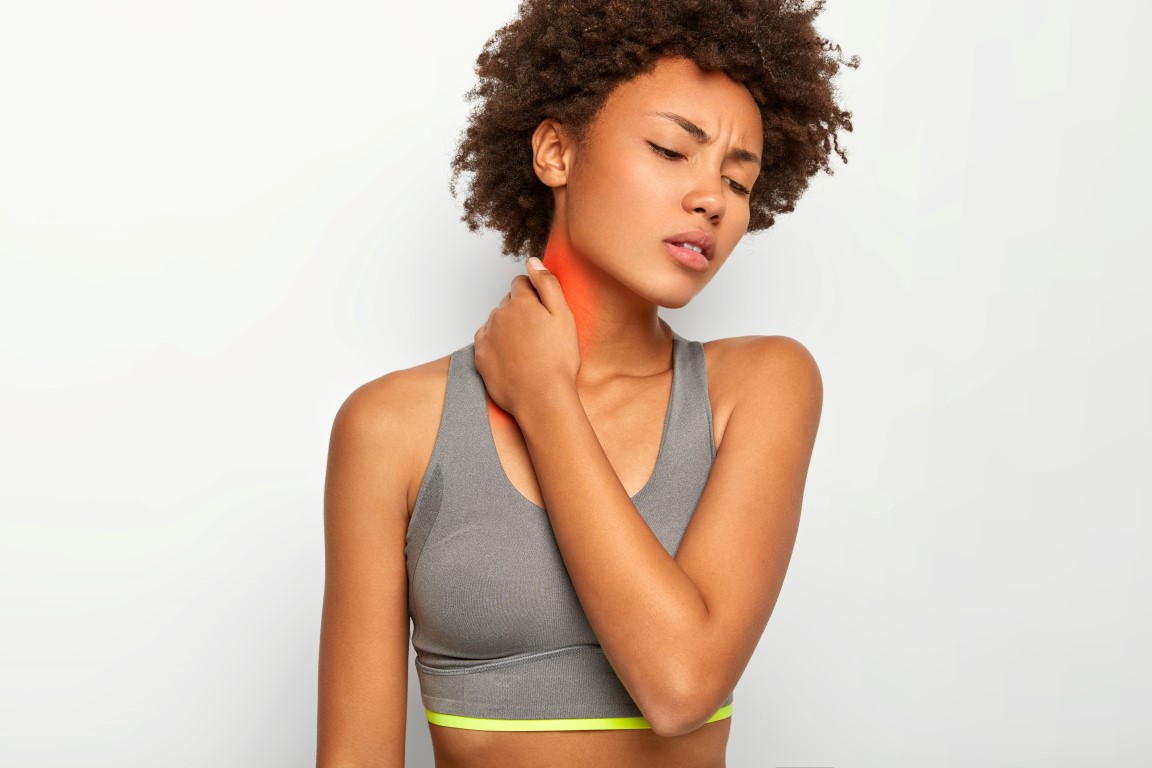
Understanding Orthopedic Injuries: Causes, Treatments, and Prevention
Orthopedic injuries are common conditions that affect the musculoskeletal system, including bones, joints, muscles, ligaments, and tendons. They can result from various causes, such as trauma, overuse, or degenerative conditions. Understanding the types, causes, and treatments of orthopedic injuries is essential for maintaining mobility and overall health.
[caption id="attachment_4550" align="alignnone" width="928"] Businessman, back pain and x ray of spine from sitting and working by laptop on desk chair at the office. Employee male suffering spinal injury or slip disk with ache, inflammation or painful join.[/caption]
Businessman, back pain and x ray of spine from sitting and working by laptop on desk chair at the office. Employee male suffering spinal injury or slip disk with ache, inflammation or painful join.[/caption]

 Cropped image of upset curly haired young woman suffers from neck pain, being injured during sport training, wears casual grey top, focused down, isolated over white background. Health problems[/caption]
Cropped image of upset curly haired young woman suffers from neck pain, being injured during sport training, wears casual grey top, focused down, isolated over white background. Health problems[/caption]
 Businessman, back pain and x ray of spine from sitting and working by laptop on desk chair at the office. Employee male suffering spinal injury or slip disk with ache, inflammation or painful join.[/caption]
Businessman, back pain and x ray of spine from sitting and working by laptop on desk chair at the office. Employee male suffering spinal injury or slip disk with ache, inflammation or painful join.[/caption]
Common Causes of Orthopedic Injuries
Orthopedic injuries can occur due to multiple factors, including:- Sports and Physical Activities: High-impact sports like football, basketball, and running can put stress on joints and muscles, leading to sprains, fractures, and dislocations.
- Accidents and Trauma: Falls, car accidents, and workplace injuries can cause fractures, dislocations, and soft tissue damage.
- Age-Related Degeneration: Conditions like osteoporosis and arthritis weaken bones and joints over time, making them more prone to injuries.
- Repetitive Movements: Occupations and activities that involve repetitive motions, such as typing or lifting heavy objects, can result in overuse injuries like carpal tunnel syndrome and tendinitis.
Common Types of Orthopedic Injuries
Some of the most frequently occurring orthopedic injuries include:1. Fractures
Fractures occur when a bone breaks due to excessive force or stress. They can be classified into different types, including simple, compound, stress, and comminuted fractures.2. Sprains and Strains
- Sprains: Injuries to ligaments caused by excessive stretching or tearing.
- Strains: Damage to muscles or tendons resulting from overuse or improper movement.
3. Dislocations
A dislocation occurs when a bone is forced out of its normal position in a joint. Common areas affected include the shoulder, knee, and fingers.4. Torn Ligaments (ACL, MCL Injuries)
Ligament injuries, such as a torn anterior cruciate ligament (ACL), are common in athletes and can significantly affect mobility and stability.5. Osteoarthritis and Rheumatoid Arthritis
These conditions cause joint inflammation, pain, and stiffness, leading to reduced mobility and function over time.
Treatment Options for Orthopedic Injuries
The treatment of orthopedic injuries varies depending on the severity of the condition. Common approaches include:1. Non-Surgical Treatments
- Rest and Immobilization: Limiting movement with braces, casts, or slings to allow healing.
- Physical Therapy: Exercises and rehabilitation techniques to restore strength, flexibility, and range of motion.
- Pain Management: Medications such as anti-inflammatory drugs and corticosteroid injections to reduce pain and swelling.
2. Surgical Treatments
- Arthroscopic Surgery: A minimally invasive procedure to repair joint damage.
- Joint Replacement Surgery: Used for severe arthritis cases, replacing damaged joints with artificial implants.
- Ligament Reconstruction: Procedures like ACL reconstruction help restore stability to the knee.
Preventing Orthopedic Injuries
While not all injuries are avoidable, taking certain precautions can significantly reduce the risk:- Maintain a Healthy Lifestyle: Eating a balanced diet rich in calcium and vitamin D helps strengthen bones.
- Regular Exercise: Strength training and flexibility exercises improve muscle support and joint stability.
- Use Proper Techniques: Whether lifting weights, playing sports, or performing daily activities, using proper form can prevent unnecessary strain.
- Wear Protective Gear: Helmets, knee pads, and braces provide additional support and minimize injury risks during physical activities.
- Take Breaks: Avoid overuse injuries by allowing your body time to rest and recover between activities.
 Cropped image of upset curly haired young woman suffers from neck pain, being injured during sport training, wears casual grey top, focused down, isolated over white background. Health problems[/caption]
Cropped image of upset curly haired young woman suffers from neck pain, being injured during sport training, wears casual grey top, focused down, isolated over white background. Health problems[/caption]









